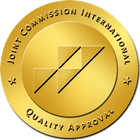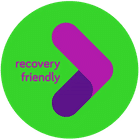The U.S. Food and Drug Administration announced on November 15, 2018 the approval of a device as an option to medication assisted treatment called the Neuro-Stim System Bridge, which is meant to help reduce the symptoms of opioid withdrawal. It is the first medical device of its kind that’s been given the FDA’s approval.
The NSS-2 Bridge, as it is called, is a simple device that attaches to the skin behind the ear, where it uses a chip to transmit controlled electrical pulses to stimulate nerves in the brain associated with processing pain information.
The Bridge was previously cleared to treat chronic and acute pain in 2014. The new approval expands the use of the device to aid in the symptoms of opioid withdrawal. It will be available only through prescription and is expensive, running between $600 – $800.
There is also little to go off on its efficacy. The FDA granted permission for the device after reviewing data from a clinical study that worked with “73 patients undergoing opioid physical withdrawal,” the announcement says. The trials showed that 64 out of these 73 patients, or 88 percent, successfully transitioned away from opioids after five days of using the Bridge.
Better Treatment Alternative for Opioid Addiction
The National Institutes on Drug Abuse reports that some more than 90 Americans die every day from opioid overdose, and a lot of this comes from misuse of prescription pain relievers, as well as overdose from heroin and synthetic opioids like fentanyl.
Meanwhile, the Centers for Disease Control and Prevention (CDC) notes that prescription opioid misuse costs the U.S. around $78.5 billion a year, from healthcare expenses, loss productivity, drug treatment centers and from criminal justice involvement.
FDA Commissioner Scott Gottlieb, noted that there are already three approved drugs for treating opioid addiction, but the FDA remains “committed to supporting the development of novel treatments, both drugs and devices, that can be used to address opioid dependence or addiction, as well as new, non-addictive treatments for pain that can serve as alternatives to opioids.”
There are a number of other efforts to combat the opioid epidemic, including an app that tracks opioid overdoses all over the U.S. in real-time. Others are looking to artificial intelligence (AI) to find solutions, while some are testing devices that could replace non-addictive painkillers. In order to put an end to the opioid crisis, it’s also necessary to improve on our knowledge of improving recovery.
Contact us at GateHouse for any questions you may have regarding our program and medication assisted treatment options. Reach out to us at (855) 448-3588. We are available to you 24/7.
- Cymbalta Withdrawal: Causes, Symptoms, And Management - October 12, 2023
- Boredom in Recovery: 5 Tips to Avoid Relapse - October 6, 2023
- Overconfidence and Rehab: Avoiding Relapse - October 4, 2023




